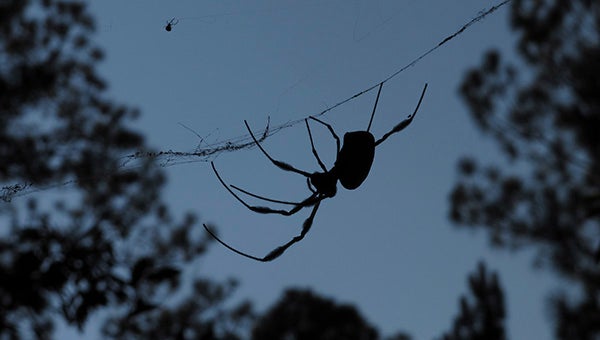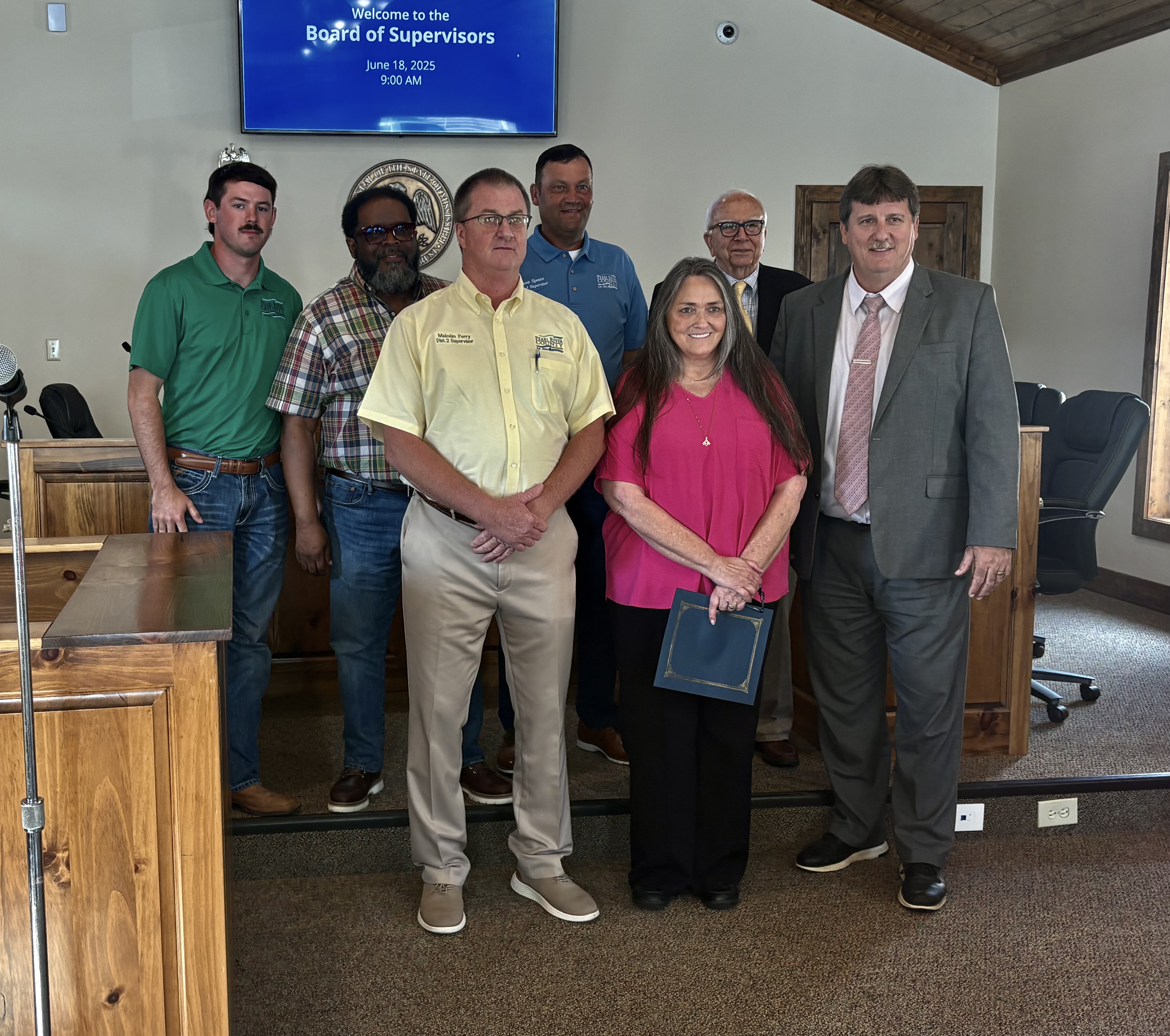Arboretum Paths: A great year for golden orb weavers
Published 7:00 am Wednesday, September 7, 2016
By Patricia R. Drackett, Director of the Crosby Arboretum and Assistant Extension Professor of Landscape Architecture
On a cart ride around the Arboretum last week, I looked up to see a golden orb weaver spider (Nephila pilipes) only a few feet above my head. Looking a little farther into the air, I spotted another, and then another.
Some years, we see only a few of these spiders along the trails. But this year, we have a bumper crop!
Luckily, I’ve not yet become entangled in the webs while on a cart or on foot. As the spiders are so large, you will most likely see one before you get too close.
The huge golden orb weaver spiders seen in the web are females. They can be up to ten times bigger than the males. Look closely – you may see the much smaller male spiders in the web. It’s not unusual for the females to consume the males after mating.
When I first became captivated by these spiders, I thought they were called “golden” orb weavers because of their body’s yellow coloration. But I later realized that their webs have a beautiful golden hue.
These large spiders spin equally large webs. A common place to see them is while traveling our local roads, stretched between utility lines. On a good year, you might suddenly be treated to hundreds of these giant spiderwebs, glistening in the sun. The sight is not soon forgotten!
Did you know that golden orb weaver spider silk can be fashioned into thread? Enter the keywords “golden orb weaver spider” and “cloth” into an Internet image search engine. You will be amazed to see the tapestries woven from strands of spider silk.
While spiders have eight legs and are classified as arachnids, not insects (which have six legs), they are naturally lumped into the mix when people think about insects.
At our Bugfest on Friday and Saturday September 16 and 17, we will be instructing the public not to collect spiders, which are beneficial predators. Also, they have very fragile bodies and cannot be traditionally mounted like insects.
Do you know a child who is fascinated by insects? Bugfest is a unique opportunity to learn about the world of insects (and arachnids). The event is coordinated by Extension Entomologist Dr. John Guyton, along with professors and students from Mississippi State University’s Biochemistry, Molecular Biology, Entomology and Plant Pathology Department.
A school field day kicks off this two day event on Friday morning, September 16. Teachers still have time to call the office at 601-799-2311 to schedule an arrival time for classes.
Dr. Guyton will be bringing a “mini-zoo” of live arthropods from the Mississippi State University campus. Arthropods are invertebrates with jointed legs that make up more than 80% of all animals on Earth, such as spiders, centipedes, mites, ticks, lobsters, crabs, shrimp, crayfish, and scorpions.
On the field day, student activities will include guided tours of the Arboretum’s Pitcher Plant Bog, studying aquatic insects along the Pond Journey trail, exploring pollinating insects at a station in the Arboretum’s Pollinator Garden, and learning about bees and bee hives with MSU Extension professor and research apiculturist Dr. Jeff Harris.
Friday evening, the public will enjoy night collecting. Bring your flashlight or head lamp! Sheets with lights will attract insects such as beetles and moths to the stations. Collecting jars and containers will be available, and entomology professors and students will help identify your finds.
On Friday evening and Saturday morning, a “Buggy Midway” will offer entomology-based children’s craft activities. The New Orleans Audubon Institute’s Bugmobile will present from 1:00 to 2:30 p.m. Saturdayafternoon. School tours are $2 per child, with no charge for adults. Friday evening and Saturday admission is $5 for adults, and $2 for children. Admission is free for Arboretum members.
Have an unknown insect? Bring it to the MSU entomology professors for identification. For more information on insects, visit www.extension.msstate.edu
Seewww.crosbyarboretum.msstate.edu
The Crosby Arboretum is located at I-59 Exit 4 and is open Wednesday through Sunday from 9 a.m. to 5 p.m.





